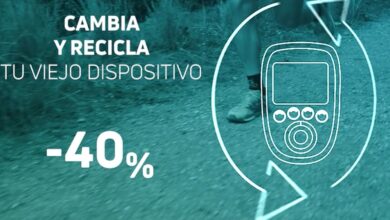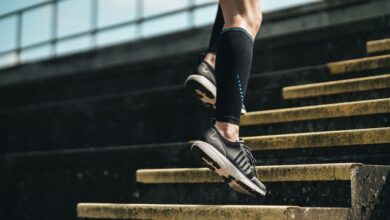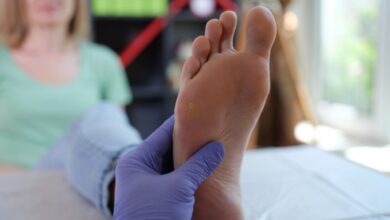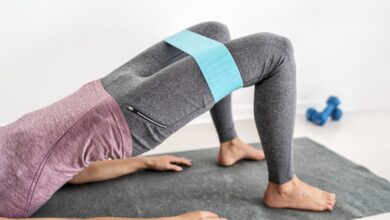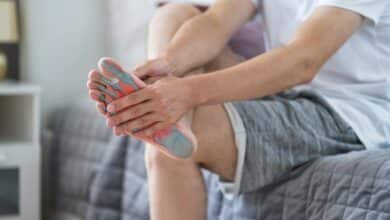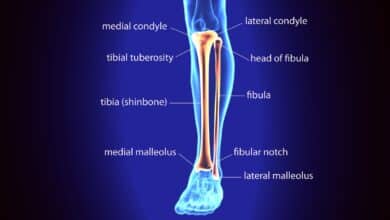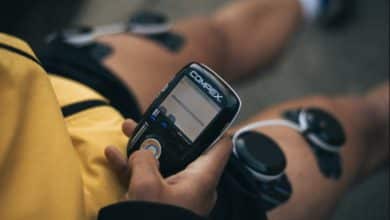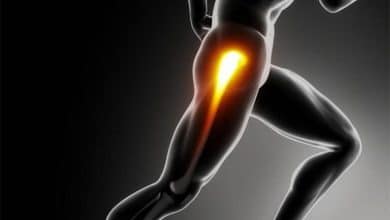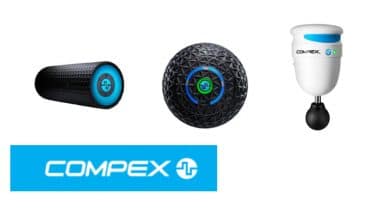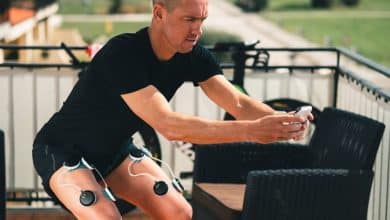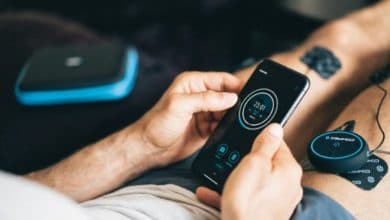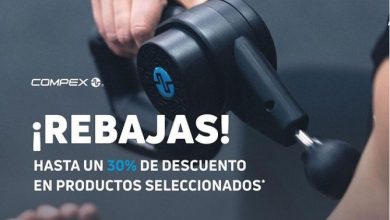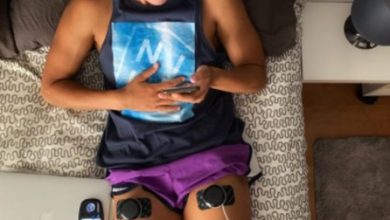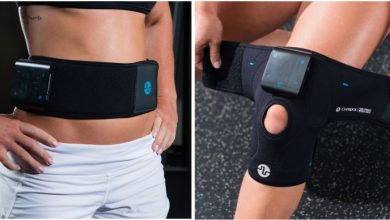How to treat Plantar Fasciitis with COMPEX?
Plantar Fasciitis is a painful injury often suffered by some runners
COMPEX can treat this injury following this protocol
La Plantar fascia It is the thick tissue on the sole of the foot. This tissue connects the calcaneus to the fingers and creates the arch of the foot. When this tissue becomes inflamed or swollen, it is called plantar fasciitis.
Causes
Plantar fasciitis occurs when the thick band of tissue on the sole of the foot is stretched or overloaded too much. This can be painful and make walking more difficult.
You are more likely to have plantar fasciitis if:
- You have problems with the arch of your foot.
- Run long distances, downhill or on uneven surfaces.
- Are obese or gain weight suddenly.
- It has the Achilles tendon (the tendon that connects the muscles of the calf to the heel) taut.
- Wear shoes with poor arch support or soft soles.
- Change your activities
Plantar fasciitis is seen in both men and women; however, it almost always affects active men between 40 and 70 years and is one of the most common orthopedic complaints of the foot.
It was often thought that plantar fasciitis was caused by a spur in the heel; however, research has determined that this is not the case. On radiographs, heel spurs are seen in people with and without plantar fasciitis.
Symptom
The most common symptom is pain and stiffness in the lower part of the heel. Pain there may be dull or sharp. The sole of the foot can also hurt or present burning.
The pain is usually worse:
- In the morning when you take the first steps.
- After standing or sitting for a while.
- When climbing stairs.
- After intense activity.
The pain may appear slowly over time or appear suddenly after intense activity.
Compex Treatment Plantar Fasciitis
The doctor usually recommends these measures first:
- Stretching exercises of the heel and foot.
- Night splints to use while sleeping in order to stretch the foot.
- Rest as much as you can for at least a week.
- Wear shoes with good support and cushioning.
Other measures to relieve pain include:
- Apply ice to the area of pain. Do this at least twice a day for 10 to 15 minutes, most often in the first two days.
- Try using an orthopedic heel cup, felt pads in the heel area, or shoe inserts.
If these treatments do not work, the doctor may recommend:
- The use of a boot as a splint, which looks like a ski boot, for three to six weeks. It can be removed to take a shower.
- Insoles for shoes made to measure (orthopedic).
- Injections of steroids or injections in the heel.
With electrostimulation, the application of a TENS with the electrodes placed as follows:
a) small electrode at the level of the internal malleolus (space between the Achilles tendon and the malleolus)
b) large electrode (if there is a lot of pain) on the sole of the foot (under the calcaneus)
c) Intensity: reaching the tingling sensation.
d) Frequency: Tens 10 'rest program + Tens program every day for 5 days.
e) Apply from the 5th day only once when there is pain.
The use of the Capillarization program can be intercalated if an increase in blood flow in the area is sought.
More information on Official COMPEX page
There are no previous results.







